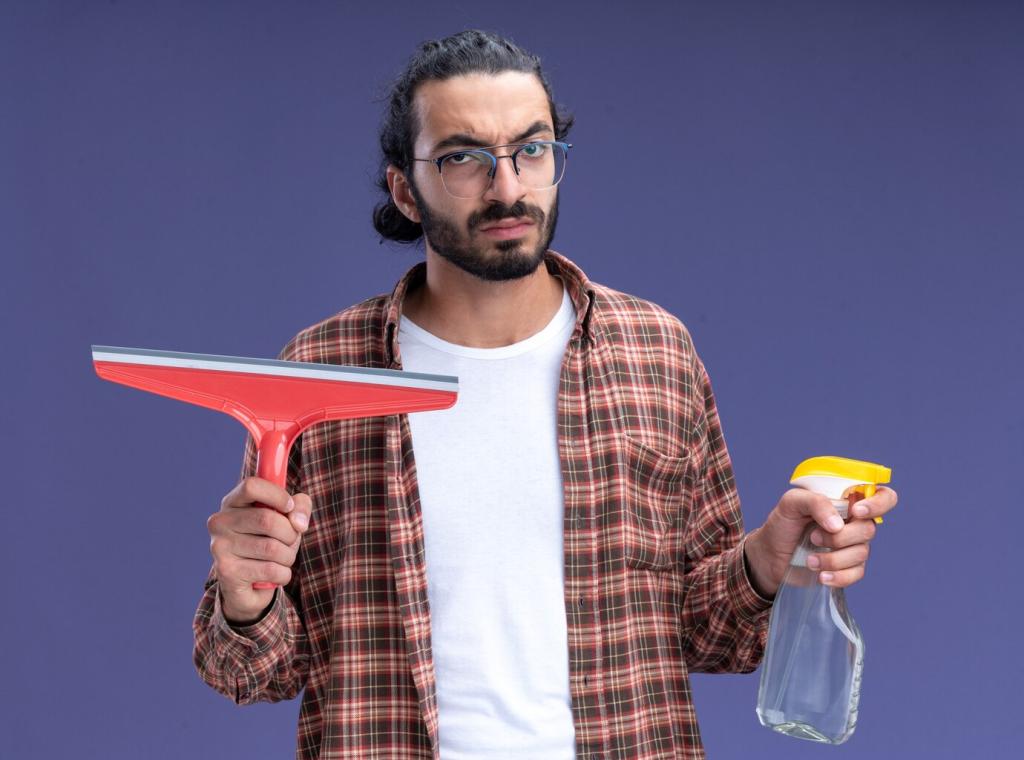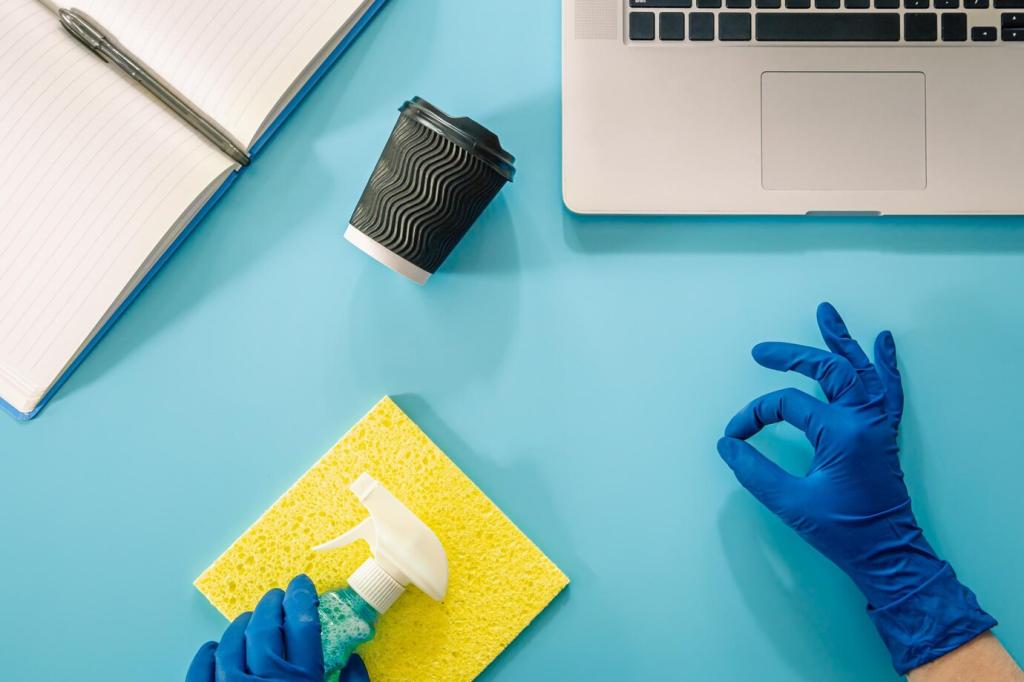Step-by-Step Upholstery Cleaning Tips: Your Home’s Fresh Start
Chosen theme: Step-by-Step Upholstery Cleaning Tips. Welcome to a friendly, practical guide that shows you precisely how to refresh sofas, chairs, and ottomans—one smart step at a time. Follow along, share your progress, and subscribe for more hands-on home care wisdom.

Know Your Fabric Before You Begin
Decode the Cleaning Tags (W, S, WS, X)
Those tiny letters on your cushion zipper aren’t mysteries—they’re a map. W means water-based solutions are safe, S means solvent-only, WS allows both, and X calls for vacuum-only. Snap a photo of each tag now and comment if yours is unusual.
Test Colorfastness Like a Pro
Dampen a white cloth with your chosen cleaner and dab an inconspicuous area for 30 seconds. Check for dye transfer. If color lifts, switch to a gentler approach. Share your results below so others with the same fabric can learn from your test.
Build a Simple Cleaning Kit
Gather a soft-bristle brush, microfiber cloths, a crevice tool, a handheld sprayer, measuring spoons, and a bucket. Optional: distilled water, mild dish soap, isopropyl alcohol, and an enzyme cleaner. Tell us what’s in your go-to kit to inspire new readers.
Pre-Clean Ritual: Prep for Success
01
Use a brush attachment and move in overlapping passes, following the fabric nap. Lift cushions, vacuum seams, and run the crevice tool along edges. Readers often say this step alone revives flat cushions—try it, then share your before-and-after impressions.
02
A slightly damp rubber glove can gather pet hair in seconds. For lint and crumbs, a lint roller or upholstery comb helps. If you’ve tamed a particularly furry sofa, post your trick and how long it took to clear one seat.
03
Note water rings, oily armrest patches, and sticky kid snack spots. Photograph stains before treating; it helps you track progress and ask for advice. Drop a comment describing your toughest stain—our community loves solving real-life challenges.
Stain Playbook: Match Method to Mess
Blot immediately with an absorbent cloth. Mix one cup of warm distilled water with a half teaspoon of mild dish soap. Lightly mist, blot, and repeat. Finish with a clean water rinse cloth to remove residue. Share your coffee victory stories here.



The Step-by-Step Cleaning Flow
Step 1–3: Prep, Test, Pre-Treat
Vacuum thoroughly, test colorfastness, then pre-treat stains according to type. Work from least aggressive to more targeted methods. This calm, ordered approach prevents panic scrubbing. Comment if this sequence helped you avoid a set-in ring.
Step 4–6: Clean, Rinse, Blot Dry
Apply cleaner lightly, agitate gently, then blot. Follow with a damp cloth to rinse away residues. Rotate clean cloth areas often to prevent redepositing soil. Share how many cloths you used for a loveseat—your data helps new cleaners plan ahead.
Step 7–8: Dry, Fluff, and Reset
Increase airflow with fans, then brush the nap to restore texture. Replace cushions only when fully dry to avoid musty odors. If you’ve ever rushed this and regretted it, tell the tale so others remember to wait that extra hour.
Drying and Odor Control That Actually Works
Airflow Beats Heat Every Time
Use fans and open windows rather than high heat, which can set stains and warp fibers. Position airflow across, not directly at, damp spots. Share your drying time for different fabrics so our readers can benchmark their own projects.

Maintenance Rhythm: Keep It Clean Longer
A five-minute vacuum pass, a lint roll, and a quick check for fresh spots stop buildup. Put a microfiber cloth under the coffee table to remind yourself. What day of the week works best for you? Share your routine to motivate others.
Maintenance Rhythm: Keep It Clean Longer
Rotate cushions, brush the nap, and treat any emerging armrest darkening. Small resets prevent uneven wear. If you track results, drop a note about which tasks made the biggest difference by month three on your family sofa.


Join our mailing list
